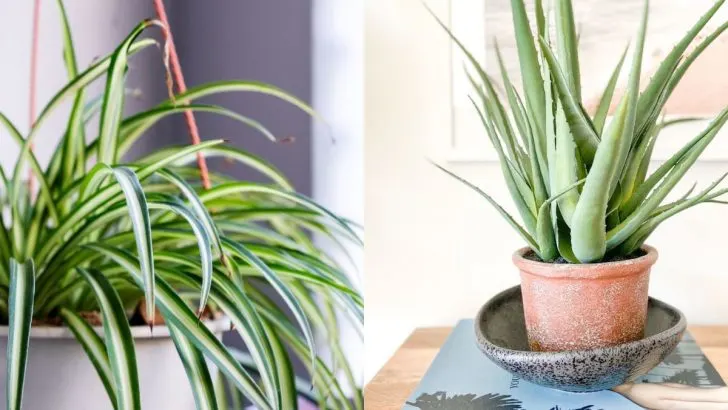We’ve all been there – envying a friend’s thriving indoor jungle while our own plants look less than impressive. It can be disheartening, especially when every plant seems to demand perfect care to survive. Soil, light, humidity, temperature – everything seems like a potential plant-killer.
But fear not! Even if you don’t have a green thumb, there are plenty of houseplants that are practically indestructible. Let me introduce you to 5 easy-going houseplants that will keep your home green without all the fuss!
Let’s get right into it.
1. Spider Plant
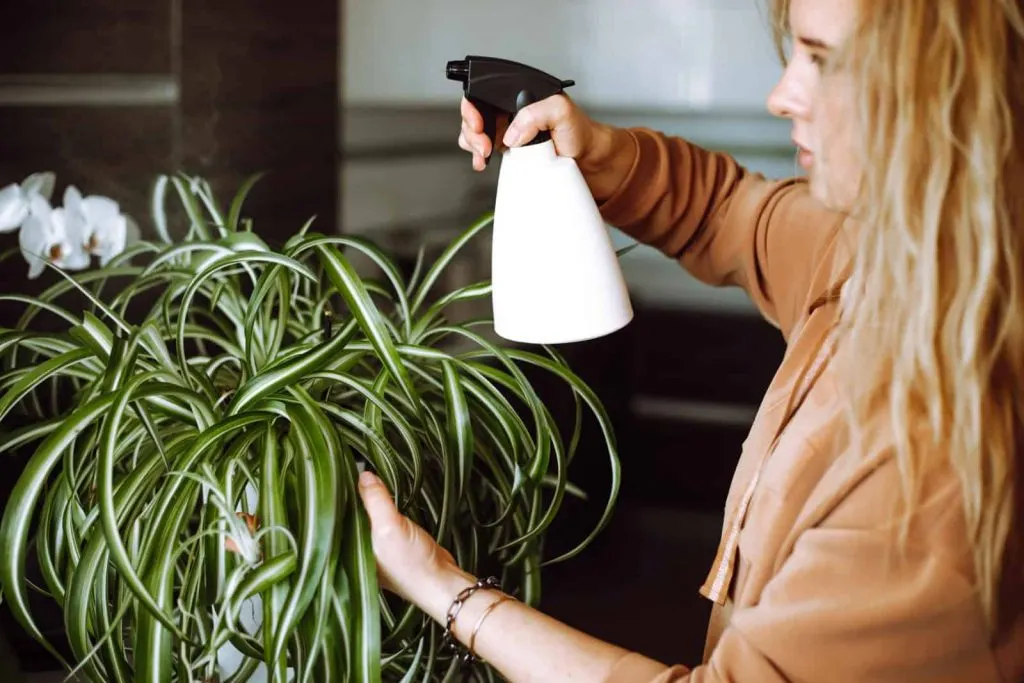
If you’re a beginner or simply don’t have time for high-maintenance plants, the Spider Plant (Chlorophytum comosum) is a game-changer.
These guys are known for their hardiness and their ability to adapt. They tolerate neglect, bounce back easily, and even produce adorable baby plants that you can propagate with ease.
Spider plants thrive in a variety of light conditions, from bright, indirect light to low light, making them perfect for any room in your home. But here’s a tip – opt for the plain green varieties, as they’re more tolerant of low light than their variegated cousins.
In terms of watering, they’re pretty laid-back. Just keep the soil lightly moist, and they’ll stay happy.
2. Cast Iron Plant
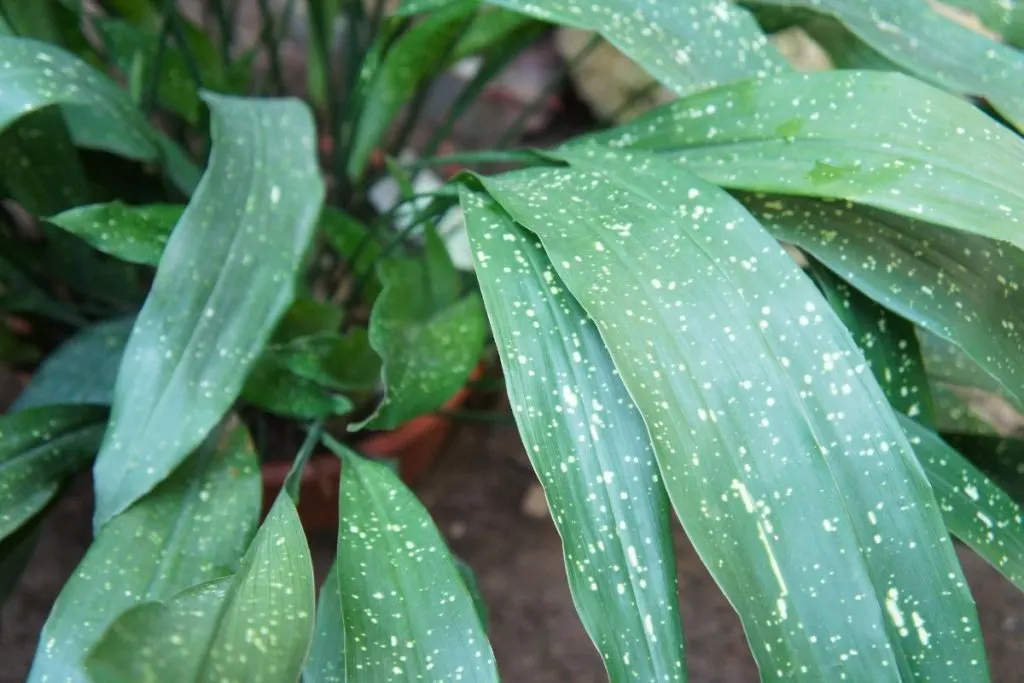
As the name suggests, the Cast Iron Plant (Aspidistra elatior) is nearly indestructible. It’s one of those plants that can survive pretty much anything – perfect for plant newbies or those with a busy lifestyle.
This plant has been a household favorite for centuries, enduring less-than-ideal conditions like low light, cold drafts, and even neglect. It’s the ultimate survivor!
If you need a plant for a dimly lit room, such as a basement, this is your go-to. It doesn’t need frequent watering either, but just be careful not to overdo it. Overwatering is the biggest threat to this tough plant, as it can lead to root rot.
And while it’s incredibly hardy, showing it a little love by keeping the soil evenly moist and giving it some light will help it thrive even more.
3. Weeping Fig
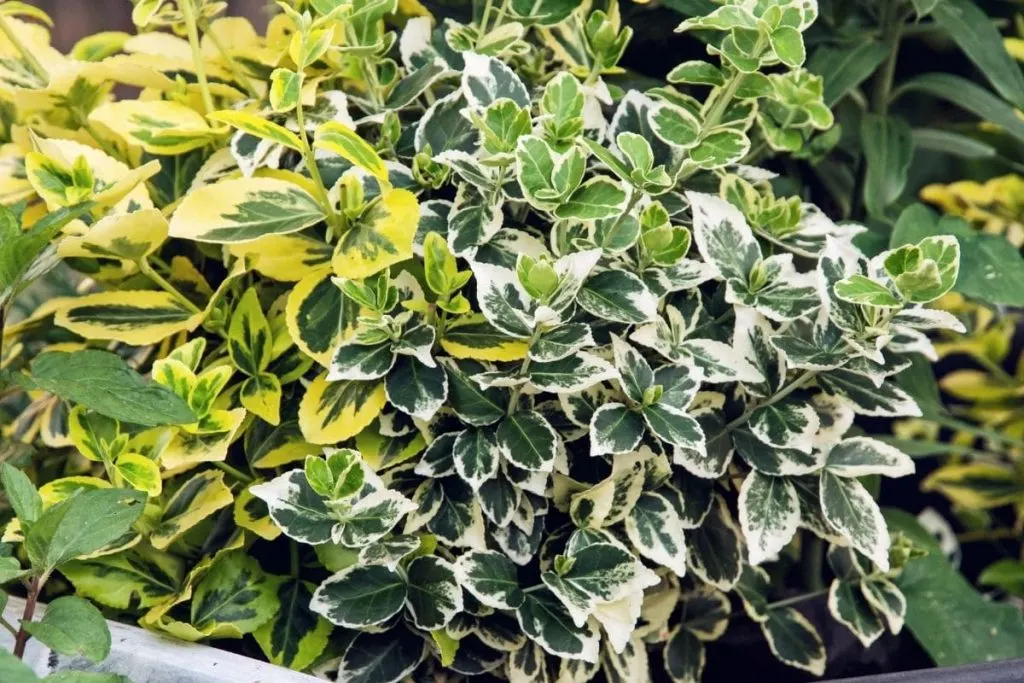
Ever wanted to grow a tree indoors? Look no further than the Weeping Fig (Ficus benjamina). This elegant plant can grow up to 10 feet tall (3 meters) and brings a striking touch of greenery to any space.
Its glossy leaves and braided trunks make it a stunning addition to your home, adding an instant touch of sophistication.
The great thing about weeping figs is that they’re flexible when it comes to light. They can thrive in bright, indirect sunlight or even partial shade, so placement is rarely an issue. Just make sure the soil stays moist – if the plant gets too much or too little water, it might shed some leaves.
4. Corn Plant
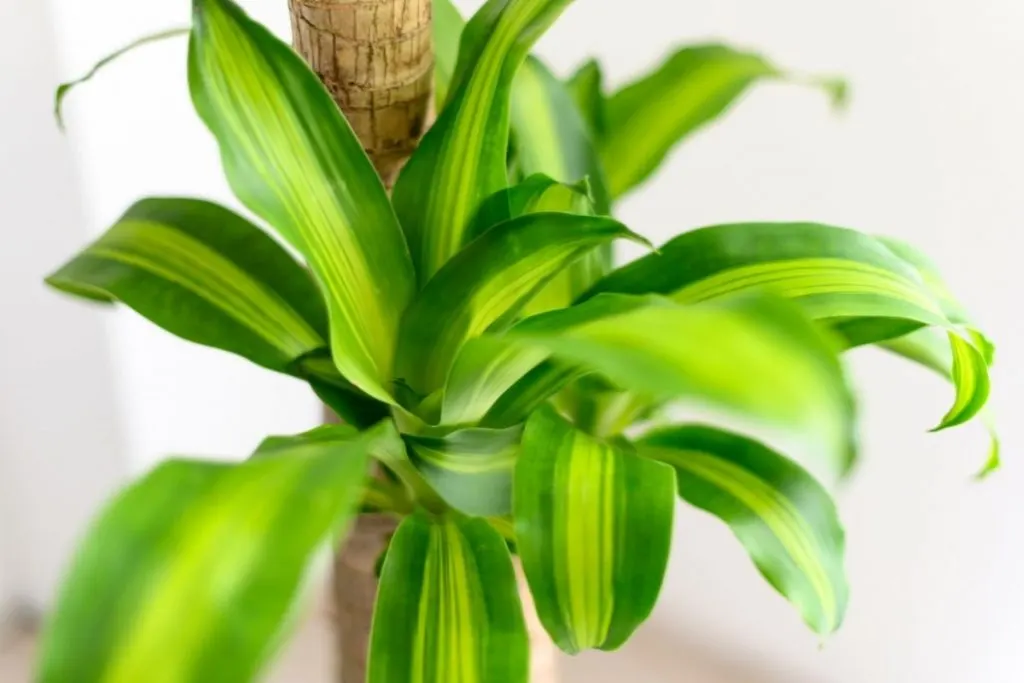
Despite its name, you won’t be harvesting any corn from the Corn Plant (Dracaena fragrans), but it will brighten up your home with its beautiful, lush foliage.
This plant does best in low to medium light, but it can also tolerate brighter, indirect light. Just avoid placing it in direct sunlight, as it can scorch the leaves. The corn plant is perfect for a shaded living room or a covered patio, and its fountain-like leaves add a tropical touch to any space.
In terms of care, this plant is pretty low-maintenance. Keep the soil moist but be sure not to let it sit in water, as its roots are sensitive and can rot easily.
Bonus Tip: The Ponytail Palm is another carefree houseplant, ideal for beginners!
5. Aloe Vera
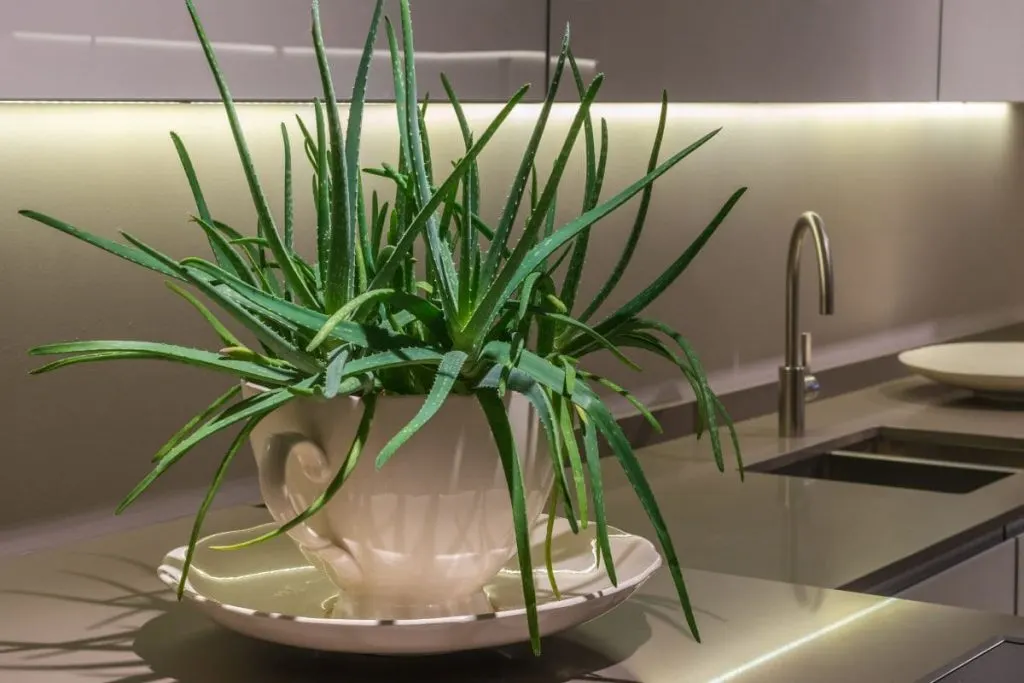
Lastly, we have the ever-popular Aloe Vera. Known for its thick, fleshy leaves filled with healing gel, Aloe Vera is not only a beautiful plant but also incredibly resilient.
As a succulent, Aloe Vera is drought-tolerant, storing water in its leaves, so you won’t need to water it frequently. In fact, it’s best to wait until the soil is completely dry before giving it a good soak.
For potting, opt for a well-draining cactus or succulent mix, or make your own by adding materials like perlite, pumice, or orchid bark to regular potting soil.
Aloe Vera thrives in temperatures between 55°F and 80°F (13°C to 27°C), making it ideal for a sunny windowsill. If you give it the right spot and water it occasionally, you’ll have a healthy aloe plant with plenty of gel-filled leaves.
When you need some of that soothing gel, simply break off a leaf, peel away the outer skin, and apply the gel to sunburns or dry skin.
Under optimal conditions, Aloe Vera will also produce small baby plants (called pups) around its base. These can be easily transplanted to grow new aloe plants for your collection.
While high-maintenance plants can be tempting, the ones listed here are beautiful and easy to care for. With just a bit of attention, you’ll have a home full of vibrant, healthy plants!

